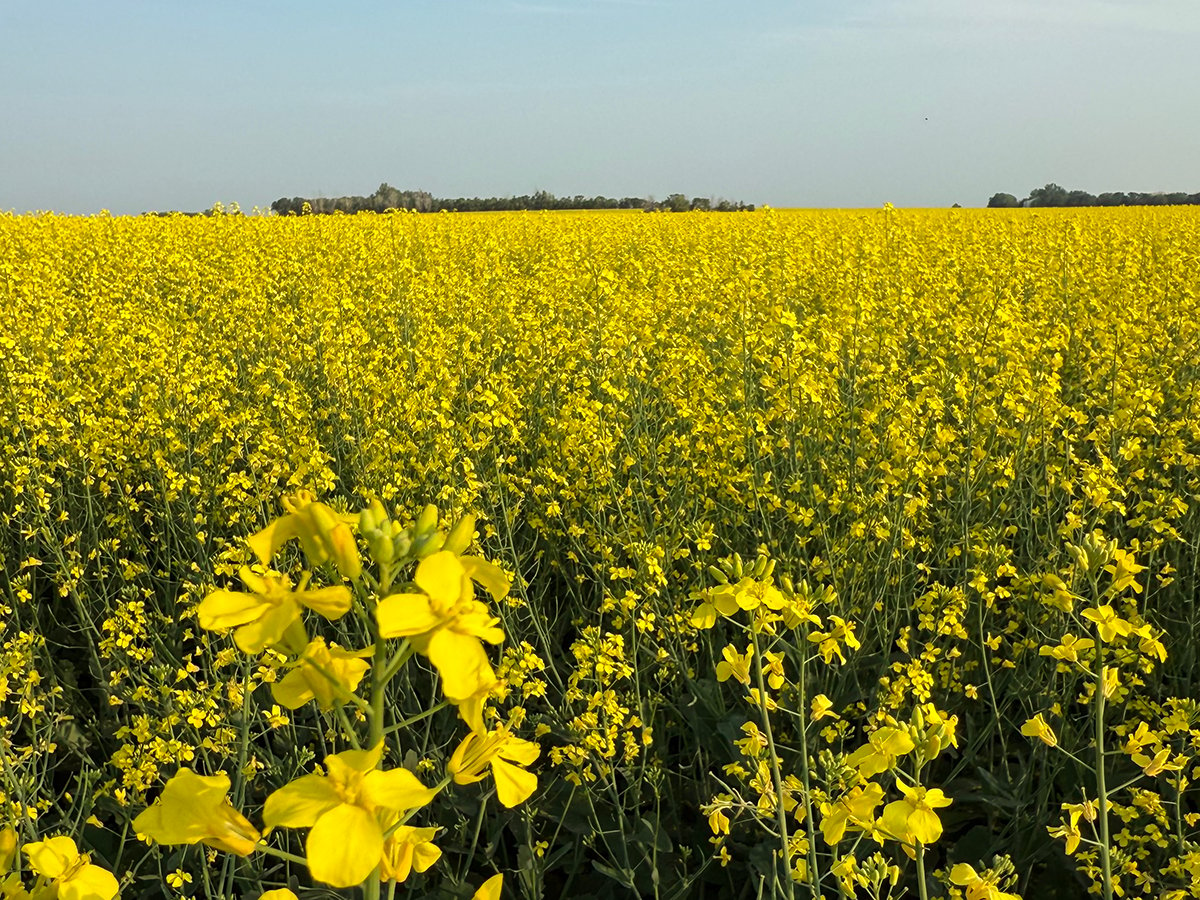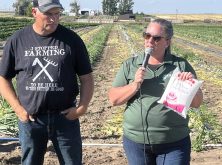Every year in November, millions of Canadians adorn themselves with a bright red poppy to honour the nation’s war veterans.
Gordon Rowland, a former Saskatoon resident and University of Saskatchewan plant scientist, chose a different flower to recognize Canada’s war heroes.
In a plant breeding career that spanned nearly 40 years, Rowland developed and named several flax varieties that eventually formed the backbone of Western Canada’s expanding flax industry.
Those varieties included Vimy, Somme, Flanders, CDC Valour, CDC Bethune, CDC Arras, CDC Sorrel and CDC Sanctuary, all named to honour Canadian veterans who served in the First World War.
Read Also

Canola support gets mixed response
A series of canola industry support measures announced by the federal government are being met with mixed reviews.
“I just thought it was a very fitting theme,” said Rowland.
“It was a way of honouring those individuals who sacrificed so much of their personal lives during the First World War.”
Rowland has always been interested in Canada’s military history, and his family has military connections to the First World War.
Two of his uncles served in the war, including a great-uncle, C.W. Rowland, who went missing in action in 1917.
Rowland began his plant breeding career in Saskatoon in the early 1970s.
About a decade later, during a six-month sabbatical in the United Kingdom, he and his family decided to take a vacation to France and Germany.
En route, they stopped at the Vimy Memorial near the French towns of Vimy and Givenchy-en-Gohelle. One of Canada’s most well known overseas memorials, it was built to commemorate Canada’s First World War soldiers who were killed or presumed dead and have no known grave.
As an expression of gratitude, France deemed the one sq. kilometre surrounding the memorial to be Canadian territory.
When Rowland and his family visited the site in 1980, they found the name of Rowland’s missing uncle and left with a deep appreciation for the sacrifices made by Canada’s fallen soldiers.
“I thought Vimy would make a good name for my first flax variety,” Rowland said.
“Because the Vimy Memorial was very important to me and also because of my interest in the First World War and Canadians’ experience (there), that led me to think I’d like to use it for my first flax variety.”
Rowland continued to follow the First World War theme for subsequent flax varieties that he developed at the U of S.
Somme, a variety registered in the late 1980s, was named after the Battle of the Somme, the bloody military offensive that claimed more than a million lives in 1916, including those of more than 24,000 Canadians.
Flanders, also registered in the late 1980s, was a reference to the Flanders region of France where numerous battles took place, including Ypres, Passchendaele and Somme.
Now retired and living in Victoria, Rowland said selecting variety names related to Canada’s war effort resonated with all Canadians, but particularly rural residents in Western Canada, who have a special connection to both the war and agriculture.
“I chose to use this theme mostly to honour … the misery that the Canadian troops went through in the First World War and their memory,” Rowland said.
“So many of the people who lost their lives were farm boys who went over to Europe and had absolutely no idea what they were getting into or how terrible their lives would be.… I just wanted to provide people with some memory of that.”















